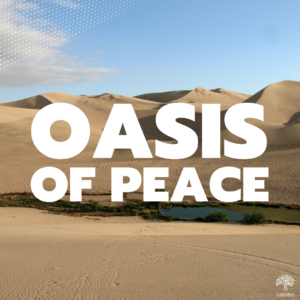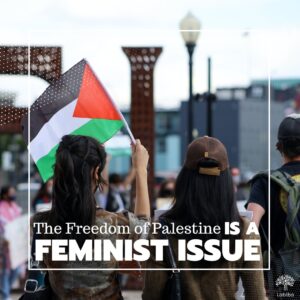Street artist Banksy has been the subject of a significant debate and growing admiration from people both inside and outside the art world since the very beginning. Many have attempted to “unmask” him throughout the years, to no avail. So, who is the real Banksy and why does he refuse to reveal his identity?
Banksy is an English street artist, political activist, and filmmaker whose true name and identity are unknown. Since the 1990s, he has been creating street art and subversive epigrams that combine dark humor and graffiti in a unique way. His political and social criticism can be found on the streets, walls, and bridges around the world. But the artist wishes to remain anonymous and refuses to be interviewed; he prefers to communicate through his art. He has risen through the ranks to become one of the world’s top street painters, in part by instilling in his fans a sense of urgency. He quickly made a name for himself as a satirist against corporations, who uses his work to make political statements.
While some consider graffiti to be a kind of vandalism, Banksy has managed to raise it to the level of high art while bringing global attention to the causes he supports.
He uses his art to communicate his resistance to wars and, in particular, to support the Palestinian cause. He has made it clear that he cares for the Palestinian people and their struggles, stating that this situation is undoubtedly one of the most pressing issues of our time.
Since Banksy visited the occupied Palestinian Territories in 2005, he has painted a series of provocative murals in Bethlehem. Like many other activists, he feels that the 425-mile-long wall, which the UN considers illegal, has turned “Palestine into the world’s largest open-air prison.” After his visit, he called his work on the separation wall “the ultimate activity holiday location for graffiti writers.” He also said that the separation wall is like a canvas and invited other graffiti artists from all over the world to come to Palestine and paint on it, under the belief that the wall should not exist. He wants to spread positivity and encourage tourism in Bethlehem so that people will see what’s really happening in Palestine.
Since the mid-2000s identifiable pieces by the artist have been spotted in Gaza and the West Bank, with collections of his paintings dubbed “West Banksy”. He also created a series of art installations to draw attention to the construction of the separation wall, namely the paintings of children digging holes in search of an escape route, or the one of a little girl clinging to helium balloons in an attempt to overcome the barrier, representing the Palestinian people’s demand for liberation. Another famous mural in Bethlehem is “Donkey Documents”, measuring 126 inches by 84 inches and painted by aerosol on a composite stone wall, which depicts an Israeli soldier checking the identification papers of a donkey. This artwork is thought to be the largest and most important from his trip to Palestine.
Some sources claim that during his tour of the Palestinian Territories, Banksy created ten pieces in Palestine, several graffiti along the separation wall and three more on the walls of Jerusalem and Bethlehem; however they can’t tell for sure since other artists have painted over some of his work.
Banksy is said to have been harassed and intimidated by Israeli security forces while painting on the wall, though he later stated that he felt safe during the whole trip.
In addition to denouncing the Israeli occupation, most of Banksy’s art in Palestine portrays a search for freedom and for an escape. In 2017 he established an art hotel in Bethlehem. Banksy’s “walled-off hotel”, which is located directly across from the Israeli West Bank Barrier, quickly became a popular tourist attraction, despite having “the worst view of any hotel in the world”, with only 25 minutes of direct sunshine per day reaching its 10 rooms. Thus, the Walled Off Hotel shows the daily struggle of the Palestinian people to thousands of foreigners, particularly in the Western world, who are unaware of the ongoing atrocities in Palestine.
Majd Salfity




